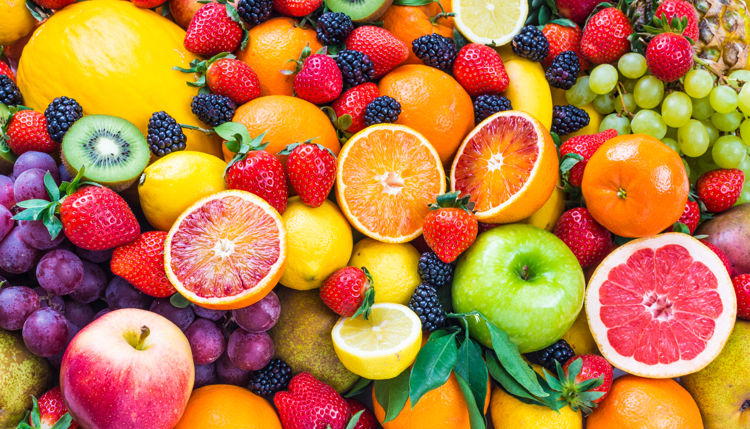SSS Team, SSSPORTS.COM

With consumers being more health-aware than ever and a crazy amount of information just a tap away, it’s important to familiarise yourself with the language of the food processing world.
Nutrition labels are notoriously difficult to decipher, which can also be misleading. For instance, a vegetarian friendly claim may not be the same as vegan friendly. In this article, we’ll break down some commonly used phrases & terms on food packaging.

A trick in reading nutrition labels is to scan the first three items on the list, these three ingredients make up much of the product. If the first ingredients include refined grains, a type of sugar, or hydrogenated oils, you can assume that the product is unhealthy. Instead, try choosing items that have whole foods listed as the first three ingredients. Moreover, if an ingredient list is longer than two or three lines, I’d be sceptical about it being ‘natural & healthy’.
Lookout for portion sizes on the label, often manufacturers keeping the serving size smaller than what people eat in a sitting. For example, a single serving of Oreo is two biscuits, however most people eat the complete pack of four biscuits. If you’re interested in knowing the nutritional value of what you’re eating, you need to multiply the serving given on the back by the number of servings you consumed.
Light – The aim of these products is to minimize the calories or fat, however mostly it means that it’s simply a watered down or diluted version. Take a look at the ingredients to check if sugar is added instead.
Multigrain – As healthy as it sounds, this only means that the product contains more than one kind of grain and they are most likely to be refined.
Natural – This does not necessarily mean that the product resembles anything natural. It simply indicates that at one point the manufacturer worked with a natural source like apples or rice.
Organic – This label says very little about whether a product is healthy. For example, organic sugar is still sugar.

Low-fat – This label usually means that the fat has been reduced at the cost of adding more sugar. Be very careful and read the ingredients list.
Low-carb – Recently, low-carb diets have been linked to improved health. Still, processed foods that are labelled low carb are usually still processed junk foods, similar to processed low-fat foods.
Made with whole grains – The product may contain very little whole grains. Check the ingredients list — if whole grains aren’t in the first three ingredients, the amount is negligible.
Fortified or enriched – This means that some nutrients have been added to the product. For example, vitamin D is often added to milk. Yet just because something is fortified doesn’t make it healthy.
Gluten-free – Gluten-free doesn’t mean healthy. The product simply doesn’t contain wheat, spelt, rye, or barley. Many gluten-free foods are highly processed and loaded with unhealthy fats and sugar.
Sugar goes by various names — many of which you may not recognize. These include cane sugar, invert sugar, corn sweetener, dextran, molasses, malt syrup, maltose, and evaporated cane juice.
Hope this quick run-down of commonly used nutrition terms helped. Read nutrition labels like a pro and stay tuned for more recipes, fitness and health tips!
Subscribe to our newsletter and download our app on the App Store or Google Play for latest updates.